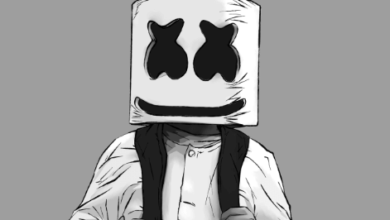
The art of drawing flowers presents a unique opportunity for artists to explore the intersection of technique and natural beauty. By selecting appropriate materials, such as fine-tipped pencils and high-quality paper, one can achieve remarkable detail and vibrancy. Moreover, mastering layering and shading techniques allows for a richer representation of each bloom’s essence. However, the true challenge lies in understanding the distinct characteristics of various flowers, which can elevate a simple sketch into an extraordinary work of art. What nuances must one consider to fully capture their enchanting charm?
Essential Drawing Materials
To successfully capture the delicate beauty of flowers on paper, one must assemble a carefully curated selection of essential drawing materials that enhance both technique and expression.
Quality sketching supplies, such as fine-tipped pencils and smooth paper, lay the foundation.
Thoughtful color choices, from soft pastels to vibrant inks, breathe life into your work, allowing the essence of each bloom to flourish on the canvas.
See also: Fungal:Xzuzcgdknwa= Rash
Techniques for Capturing Flowers
While each flower presents its own unique challenges, mastering a variety of techniques—such as layering, shading, and using negative space—can significantly enhance the artist’s ability to convey the intricate details and vibrant essence of these natural subjects.
Focus on flower composition to create visually appealing arrangements, and employ color blending to achieve depth, bringing your floral creations to life with artistry and emotion.
Tips for Enhancing Detail
Enhancing detail in floral drawings requires a meticulous approach that pays homage to the delicate intricacies of each petal, leaf, and stem, inviting the viewer to appreciate the beauty and complexity inherent in nature.
Utilize color theory to create depth and vibrancy while ensuring composition balance for a harmonious arrangement.
This attention to detail transforms ordinary sketches into breathtaking representations of floral splendor.
Conclusion
In conclusion, the art of drawing flowers transcends mere representation, demanding a fusion of quality materials and skilled techniques.
While some may argue that digital tools can replicate floral beauty, the tactile experience of traditional artistry fosters a deeper connection to the subject.
The ability to manipulate textures, layers, and colors remains an unparalleled method for capturing the intricacies of nature.
Ultimately, the dedication to mastering these elements elevates floral drawings from simple sketches to stunning visual narratives that resonate with viewers.




